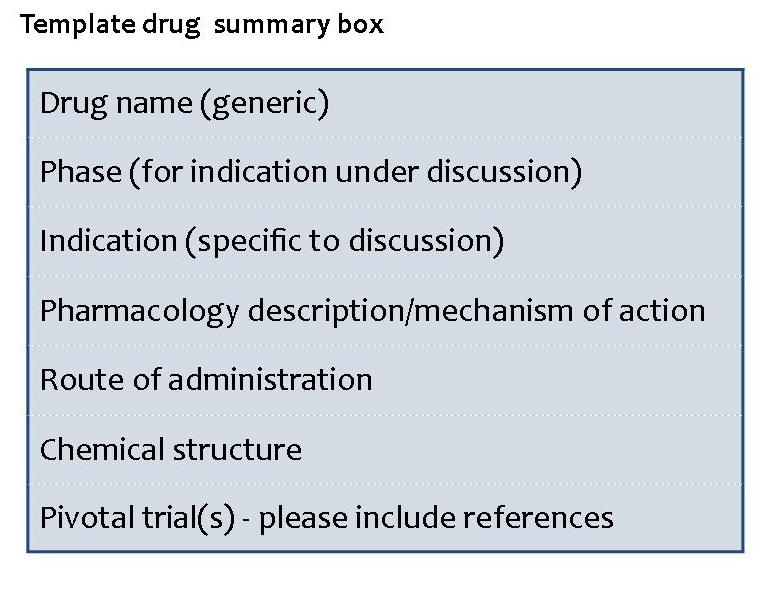Expert Opinion on Drug Metabolism & Toxicology – Pharmacokinetic Evaluation
A guide for authors submitting to the Expert Collection
Scope
Drug Evaluations focus on providing an independent perspective on the metabolism and toxicology of a specific drug, and the impact this has on the clinical efficacy.
Word limit
The word limit for Drug Evaluations is 3,000 words (not including tables, figures and references).
Peer review
All articles are subject to rigorous peer-review by 2-3 independent reviewers. As the Drug Evaluations include in-depth analysis of a single compound, the manuscript will also be sent to the company responsible for marketing or developing the drug to check the accuracy of the data. This is for a technical check only and the final editorial decision is based entirely on the recommendation of the independent peer review. Comments remain confidential and are shared only with the corresponding author or submitting party.
Explore the Expert Collection
Discover all Expert Collection, journal specific guidelines.
Every article must contain
Please note that only the address of the first author of the article will appear on Medline/PubMed, not necessarily the corresponding author.
Introduction: Authors are required to describe the significance of the topic under discussion.
Areas covered: Authors are required to describe the research discussed and the literature search undertaken.
Expert Opinion: Authors are required to summarize briefly their Expert Opinion section.
References must not be included in the abstract.
Introduction to the compound
Chemistry
Pharmacodynamics: Effect of the drug on the body, including receptor binding, post-receptor effects, and chemical interactions.
Pharmacokinetics and metabolism: Effect of the body on the drug, including time course of absorption, bioavailability, distribution, metabolism, and excretion. To provide the reader with a visual summary of the pharmacokinetics of the drug, each paper should include a table summarizing published pharmacokinetic parameters, e.g. AUC, Cmax, Cmin, Ctrough, Tmax, oral clearance CL/F, (Table 1. Summary of pharmacokinetic parameters of [drug].) ADME properties as they relate to toxicity (toxicokinetic).
Pharmacogenetics: Effect of genetic differences on response to drugs (where data is available). Clinical/population pharmacokinetics.
Clinical efficacy: Summary of clinical efficacy data from Phase I-III studies and post-marketing surveillance.
Safety, tolerability, toxicity, and potential off-target effects related to safety liabilities: Indicate changes in biomarkers of harm as appropriate.
Drug-drug interactions
Dosing routes
Regulatory affairs: Indicate drug approvals from a global perspective.
Conclusion: An analysis of the data presented in the review.
1. What, if any, improvement does the drug hold over other therapies?
2. What, if any, impact is this drug likely to have on current treatment strategies?
3. How likely are physicians to prescribe the drug?
4. What data is still needed?
5. Where is the drug likely to be in five years’ time?
Please note that ‘opinions’ are encouraged in the Expert Opinion section, and as such, referees are asked to keep this in mind when peer reviewing the manuscript. However, authors are requested to focus their discussion on approved uses of the drug.

If you are unable to provide this information, editorial support will be provided.